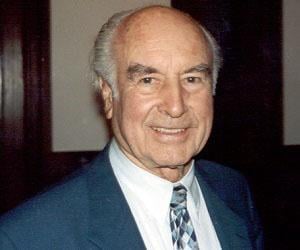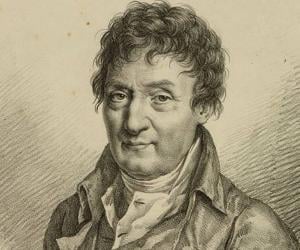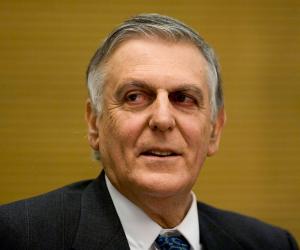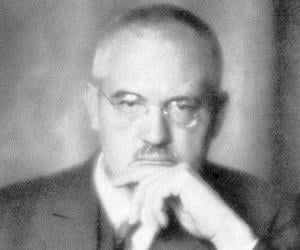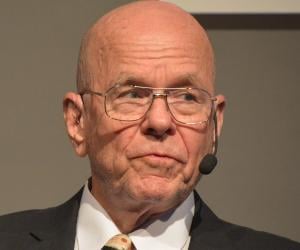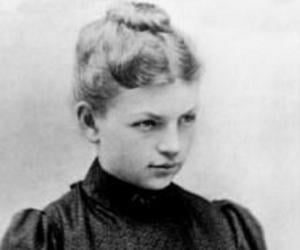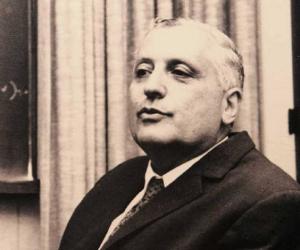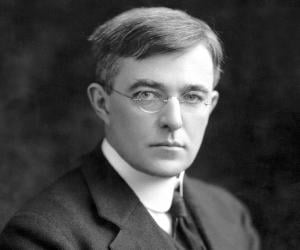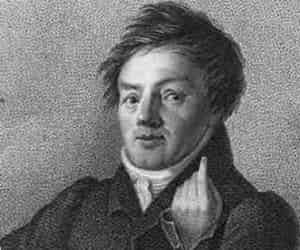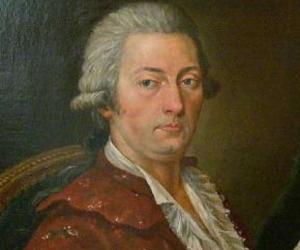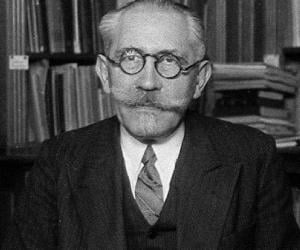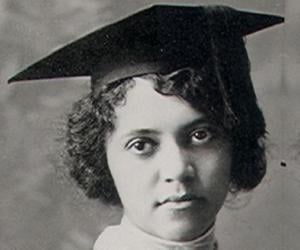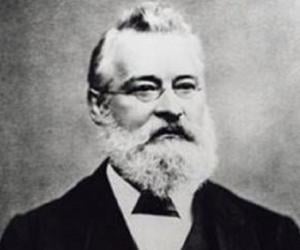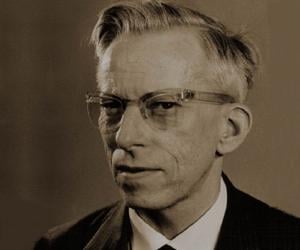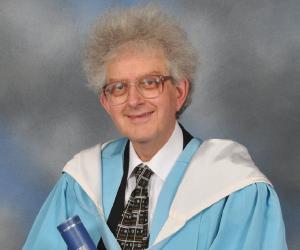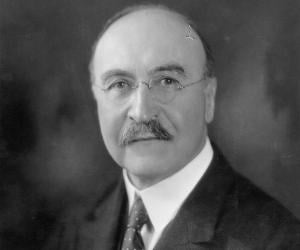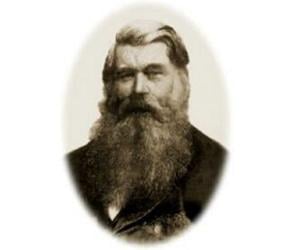Quick Facts
Family:
Spouse/Ex-: Anita Hofmann
father: Adolf Hofmann
mother: Elisabeth Schenk
children: Andreas, Beatrice, Dieter, Gaby
Chemists Swiss Male
Died on: April 29, 2008
place of death: Berg
More Facts
education: University of Zurich
Childhood & Early Life
Albert Hofmann was born in Baden, Switzerland, on January 11, 1906. He was the eldest of four children. His father was a poor toolmaker in a factory and they lived in a rented apartment. He spent much of his childhood outdoors, and grew up with a very deep connection with nature.
He had mind-blowing experiences in childhood, wherein nature was changed in magical ways that he didn’t understand. These experiences provoked questions in his mind, and chemistry was the scientific field which allowed him to understand them.
He studied chemistry at Zurich University, his main interest being the chemistry of plants and animals. At 23, he earned his PhD with honors.
Career
He took a job with Sandoz Laboratories; he was attracted by their program to produce pharmacological compounds from medicinally important plants.
He first synthesized LSD on November 16, 1938 with an aim to obtain a respiratory and circulatory stimulant. The research was set aside for five years.
He stumbled on LSD again when he was working on the ergot fungus on April 16 1943. He accidentally ate a trace of the compound and came to know about its powerful effects.
On April 19, 1943, he deliberately swallowed a dose of LSD and rode his bicycle home as the effects of the drug engulfed him. That day was remembered by LSD enthusiasts as “bicycle day.”
In 1958, Hofmann discovered ‘ethacetin’, which is an ‘intoxicating tryptamine.’
He became director of the natural products department at Sandoz Laboratories. He continued studying hallucinogenic substances found in Mexican mushrooms and other plants. He produced ‘psilocybin’, the active agent of many ‘magic mushrooms.’
He also became interested in the seeds of the Mexican morning glory and found that the active compound ‘ergine’ (LSA, ‘lysergic acid amide’), has a distinct likeness to LSD.
Hofmann also produced other important drugs like ‘methergine’, for treating postpartum hemorrhaging, which was the leading cause of death from childbirth.
In 1962, he and his wife Anita Hofmann went to Mexico to search for the plant ‘Ska Maria Pastora’ to identify its active compound. However, he was not able to identify it at that time. It was later identified as the ‘diterpenoid salvinorin A’.
In 1963, he attended the annual convention of the ‘World Academy of Arts and Sciences’ (WAAS) in Stockholm.
He stayed with Sandoz Laboratories as head of the research department for natural medicines until he retired in 1971.
He delivered a speech at the 1996 Worlds of Consciousness Conference in Heidelberg, Germany.
In an interview before he turned 100, Hoffman called LSD “medicine for the soul.” He was disappointed that it was prohibited worldwide, knowing that it has been very successful in psychoanalysis. However, he acknowledged that it could be dangerous if misused, especially if given to a first-time user without supervision from a doctor.
Major Works
He was the first person to produce, consume, and know the mind-altering effects of lysergic acid diethylamide (LSD).
Awards & Achievements
Albert Hofmann received the title D.Sc. (honoris causa) in 1969 from the Swiss Federal Institute of Technology.
In 1971, the Swedish Pharmaceutical Association (Sveriges Farmacevtförbund) gave him the Scheele Award. It’s an award which commemorates the achievements of Carl Wilhelm Scheele, the Swedish Pomeranian chemist and pharmacist.
In a list of the 100 greatest living geniuses published by The Telegraph newspaper in 2007, he shared first place, together with Tim Berners-Lee.
Personal Life & Legacy
Albert Hofmann was married to Anita and the couple had four children. His wife died in 2007 and one of his children also predeceased him.
He died on April 29, 2008, at the age of 102, due to a heart attack.
Facts About Albert Hofmann
Albert Hofmann was a Swiss scientist who accidentally discovered the psychedelic properties of LSD while working on a research project.
Hofmann was known for his meticulous and methodical approach to his work, which earned him a reputation as a dedicated and respected chemist in the scientific community.
Despite the controversy surrounding LSD, Hofmann remained committed to promoting its potential benefits for psychological therapy and spiritual exploration, advocating for responsible use and research.
In addition to his work with LSD, Hofmann made significant contributions to the fields of pharmacology and organic chemistry, earning him recognition as a pioneer in the study of psychoactive substances.
Hofmann’s legacy extends beyond his scientific achievements, as he is also remembered for his humility, curiosity, and passion for understanding the mysteries of the mind and consciousness.
See more:


